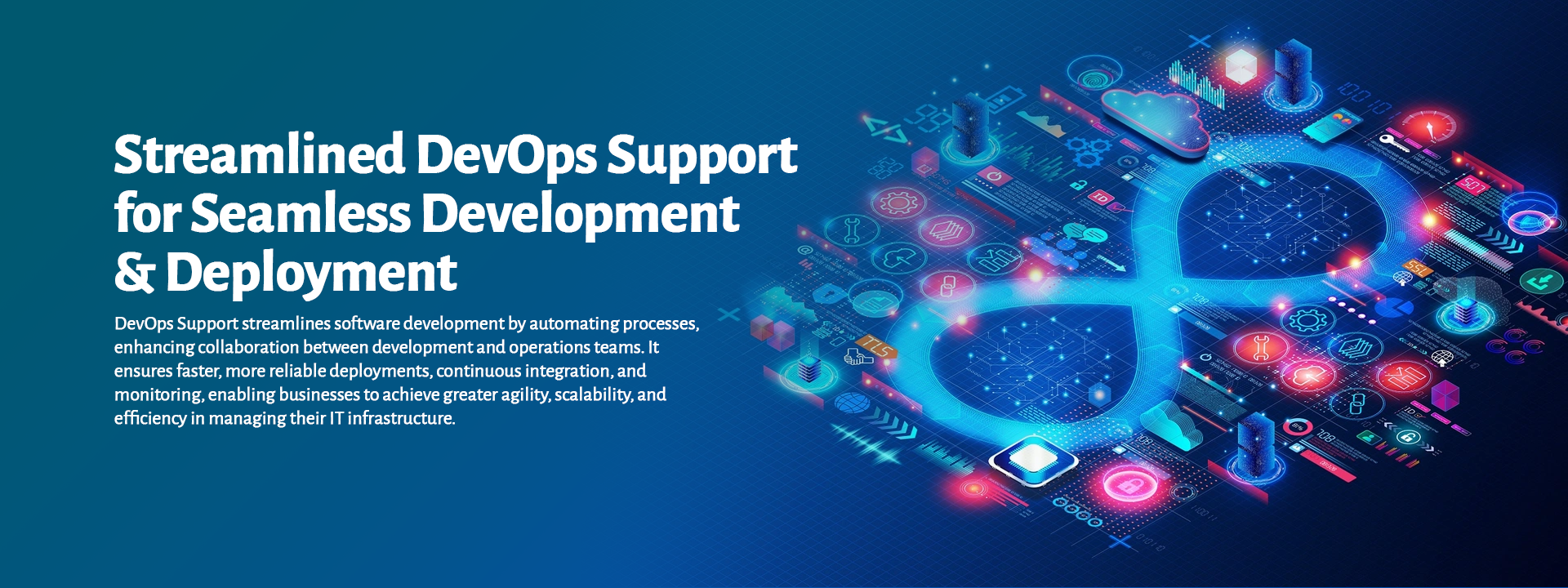WHAT WE DO
PRODUCT DEVELOPMENT FOR BETTER BUSINESS
Security is at the helm of things. Being a global IT Solutions provider company we provide full-cycle one-stop-shop solutions for Server Support Services, Remote Support,Cloud infrastructure services,Cloud Migration, IT Support services and Managed Support services across the globe. Combining our technical competence with solid business domain experience and knowledge we offer progressive Server, Security and Networking Solutions for our clients. Our robust Security solutions give you minimal downtime and provide optimum security required for networks.

Our Services
WHAT WE OFFER FOR YOU
Cloud Infrastructure
Management
Our cloud experts provide apt cloud management advise and help businesses manage their cloud needs.
24/7 DevOps Support
We provide 24/7 support for DevOps and help you run your business without any downtime.
24/7 Monitoring Support
Performance Monitoring Solution for DevOps and IT Operations.
E-commerce
E-Commerce Services are at the core of our Services. Be it Woo Commerce, Open Cart, nopCommerce, Magento
25+
years of experience
1500 +
business clients
55+
international experts
21+
cloud migration
403+
projects completed
40+
business partner
About Us
Our Skills Stayup, Stay Running & Protected
The process of combining our Skills to your Requirements is nothing short of a story line. That is exactly how we work. We define the work in a story line and form AGILE methodology to our scheme of things. We convert your Post-It notes into digital wireframes and then into working pieces of art.
Read More
OUR PARTNER






